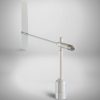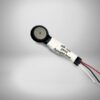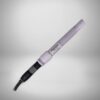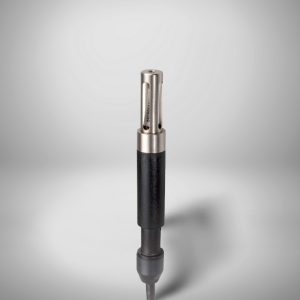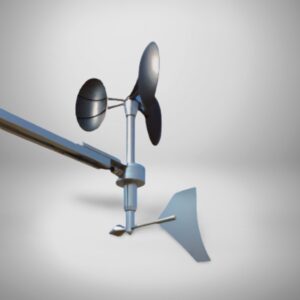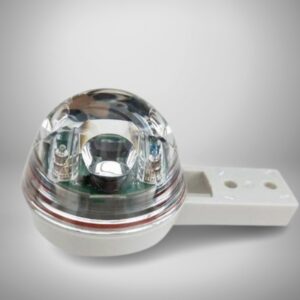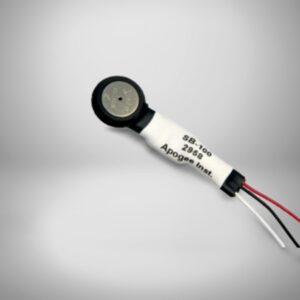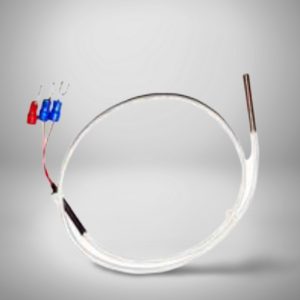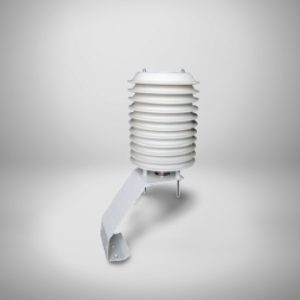Energy transmission monitoring involves measuring various parameters, including voltage, current, power, and frequency. This process helps operators gather real-time data and insights that enable them to make informed decisions about their operations, optimize their operations, and ensure the safety of energy transmission.
Energy transmission monitoring provides operators with real-time data and insights that help them optimize their operations by adjusting voltage or current levels to match energy demand, reducing power wastage, and maximizing power delivery efficiency. It also ensures the safety of energy transmission by detecting potential issues before they become major problems, such as signs of wear and tear damage or overloading that can lead to power outages or even fires.
Extreme weather events such as hurricanes, tornadoes, and thunderstorms can cause damage to transmission lines and infrastructure,
leading to power outages and disruptions. Weather monitoring systems help operators predict changes in weather patterns and prepare for potential weather-related disruptions.
The main components of weather monitoring systems used in wind farms are anemometers, wind vanes, barometric pressure sensors, ambient temperature sensors, and precipitation sensors. Anemometers measure wind speed, wind vanes measure wind direction, barometric pressure sensors measure changes in air pressure, ambient temperature sensors monitor temperature and precipitation sensors measure the amount of precipitation such as rain or snow.
Electrical power utilities harness solar radiation through the use of photovoltaic cells, which convert sunlight into electricity. This renewable energy source provides a sustainable and environmentally friendly alternative to traditional fossil fuels. However, solar radiation can also
cause damage to equipment if not managed properly, so monitoring and managing, it is crucial for the safe and efficient operation in electrical power utilities.


